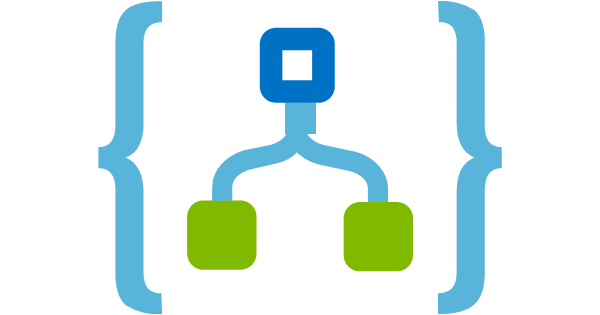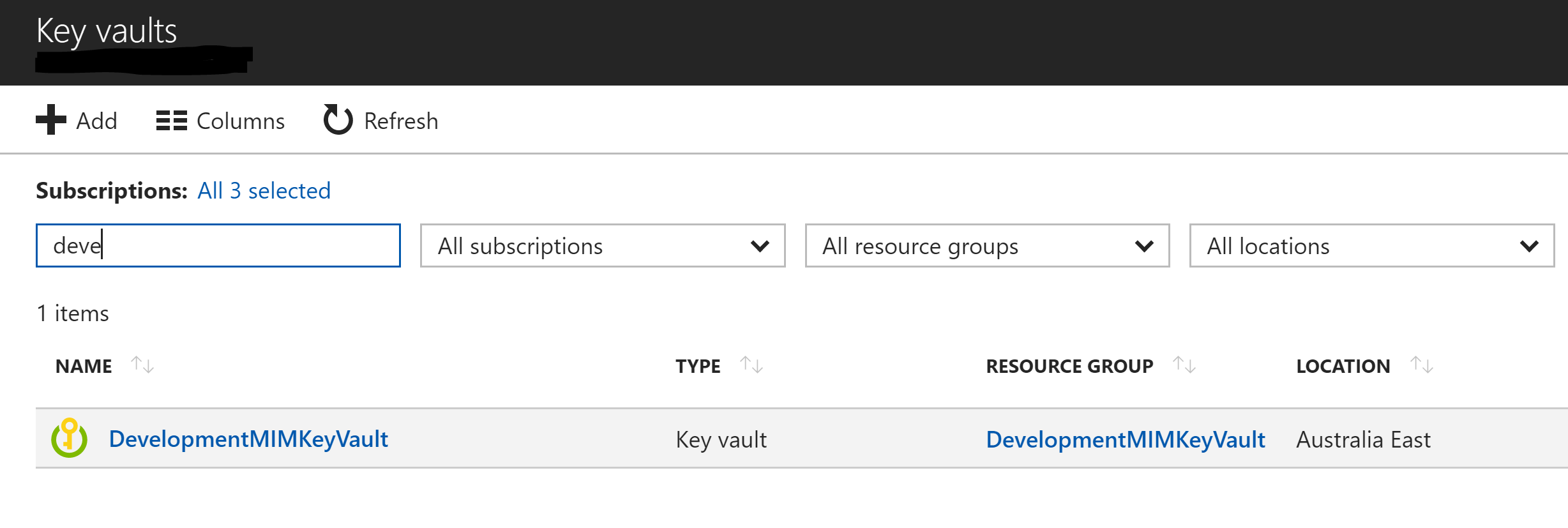
Azure Logic App – Evaluating IF condition with the help of JSON expression by passing null
Introduction
Yes, you read the title right, this blog is about evaluating IF condition. You might be wondering what about IF, even novice developer with no experience knows about it.
Allow me to explain a specific scenario that helps us understand it’s behavior in Logic Apps, it might blow your mind.
Some of us come from years of development experience, and at times we like to skill up ourselves to various other technologies, which leaves us with a mindset based on our past development experience and programming habits, which we gained over the years.… [Keep reading] “Azure Logic App – Evaluating IF condition with the help of JSON expression by passing null”




